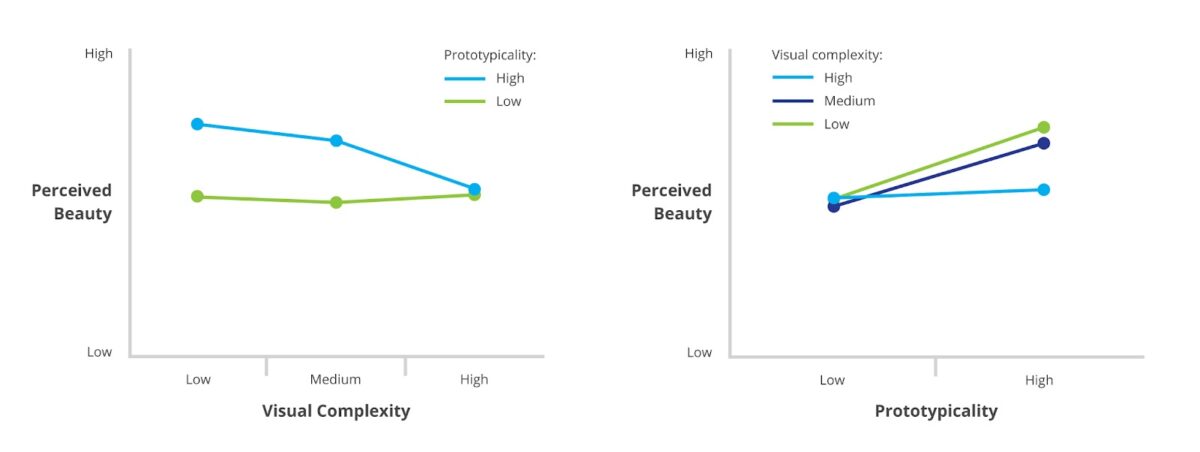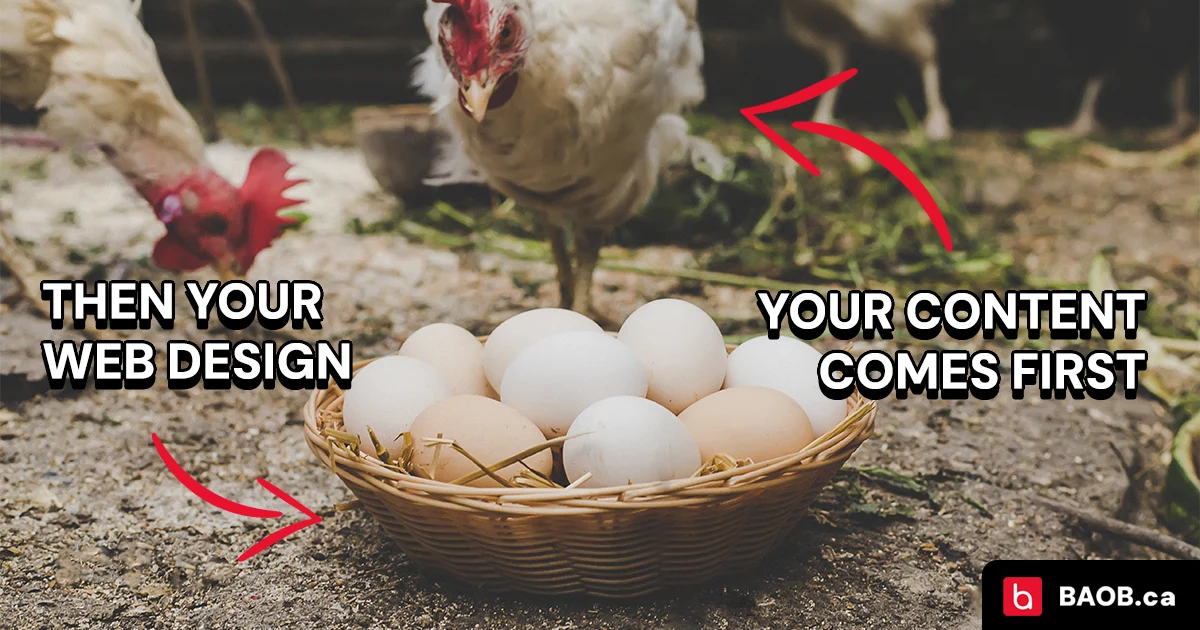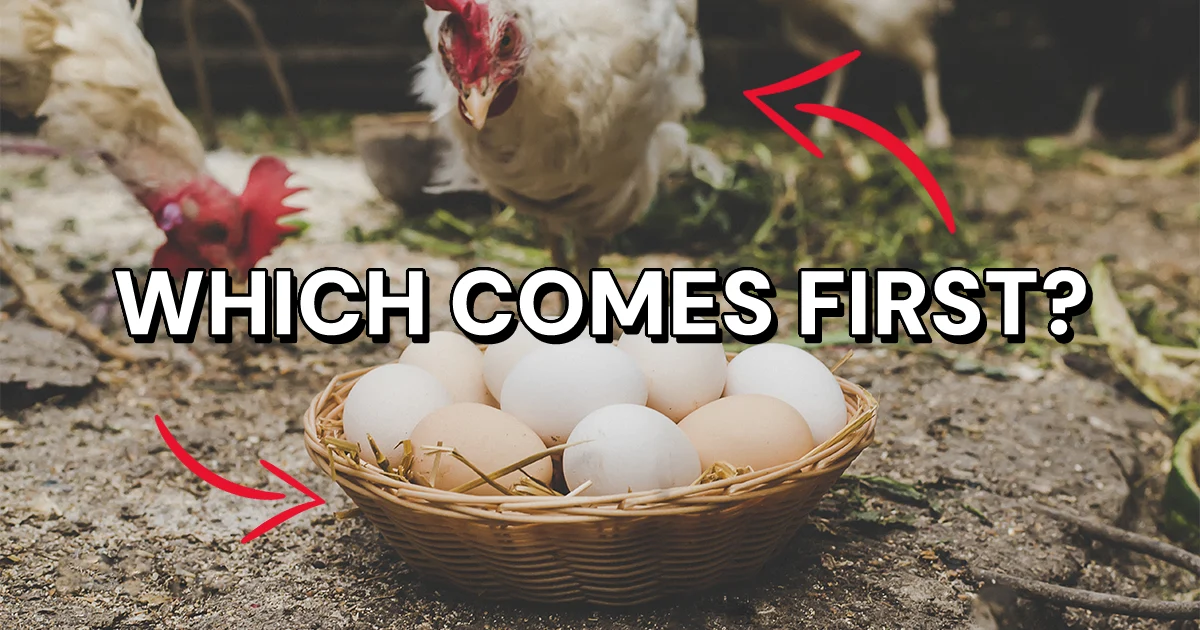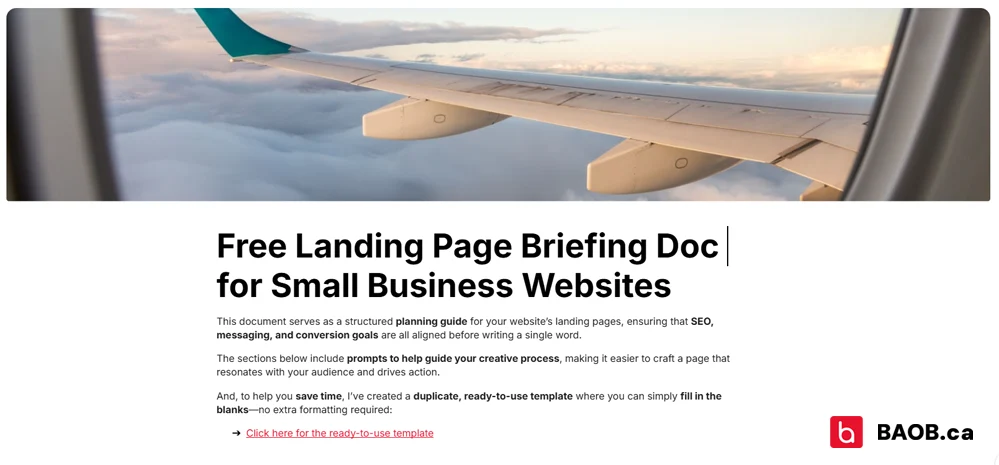Most businesses think they need a beautiful website to succeed. They assume a high-end, visually stunning design will impress visitors and drive results. And web designers? Many are happy to take your money and build something flashy without questioning if it actually works.
The truth is: a great-looking website is not the same as a high-converting website.
A web designer’s job isn’t just to make something look good. It’s to present your message in a way that converts visitors into clients. Unfortunately, many freelancers and agencies skip the most important step—figuring out what that message is before designing anything.
If your website doesn’t start with a content-first design approach, you’re setting yourself up for failure. This article will break down exactly why messaging must lead the design process—and how to ensure your next website is built to make money AND look good.
Design Matters (But It’s Not Everything)
Yes, your website’s design matters—especially when it comes to first impressions.
Research confirms that people form an opinion about your website within 50 milliseconds (0.05 seconds). They decide almost instantly whether to stay or leave. A decision based entirely on whether your site looks outdated, cluttered, or difficult to navigate.
If you don’t impress people within 50 ms, they will leave before they read a single word.
And that’s not a flaw in human behavior—it’s how we all operate online. We’re bombarded with choices, and a website’s design is the first filter we use to decide what’s worth our time. If something feels off—whether it’s outdated visuals, slow load times, or clunky navigation—we don’t stick around to investigate. We leave.

This research proves what we already know—first impressions aren’t just fast, they’re instant. And people live familiar, predictable designs over complex and “award-winning” website experiences.
Unfortunately, too many business owners assume that any website will do, treating it as just another box to check off. They see it as a necessary expense and not a business asset. Which leads them to cut so many corners, like hiring cheap outsourced developers who crank out templated sites with no real strategy, usability, or branding.
Heck, I’ve even seen a website filled with spammy links to casino scams—all because a business owner tried to save money and hired a ‘cheap’ web designer who didn’t care about security or quality.
Admittedly, that’s an extreme and uncommon example, but even seemingly harmless design mistakes can cost you business.
Research on How Design Impacts for Conversions
If you want a website that works for your business, here’s more research on how design influences conversions:
- People judge credibility based on design → A Stanford study found that 46.1% of users assess a website’s credibility based on its visual appeal alone.
- Cluttered websites push people away → Google’s research shows that users consistently prefer simple, familiar website layouts, while complex and visually busy sites are rated as less appealing.
- Longer load times lead to higher bounce rates → A website that takes three seconds to load sees a 32% higher bounce rate compared to one that loads in a single second. At five seconds, the bounce rate jumps 90%, meaning the longer visitors wait, the more likely they are to leave.
- Mobile Experience is Critical → 50% of people say they won’t buy from a brand that has a poorly design mobile site.
- Slow mobile sites drive users away → 53% of mobile users abandon a site that takes longer than three seconds to load. On average, mobile sites take 15 seconds to load—12 seconds too long. Bounce rates increase by 123% as load time increases from one second to 10 seconds.
And that’s just the tip of the iceberg when it comes to web design statistics.
Every small design choice impacts trust, usability, and conversions. But your website isn’t just a visual experience—it’s a communication tool.
Your website’s design should support your message, not overshadow it. A poorly designed site can drive visitors away instantly, but even the most beautiful website won’t convert if the messaging isn’t clear and compelling.
So, let’s get to the bigger picture: why content-first design is the foundation of a high-converting website.

Why Content-First Design Matters Most
If you want a website that turns visitors into clients, you need to focus on the content first. Because people don’t buy based on design alone. They buy when they understand your offer, perceive the value, and feel confident enough to take action.
Think about it—when you land on a website, what’s the first thing you look for?
You likely scan for a clear message that tells you whether you’re in the right place. If that message is vague, confusing, or buried under flashy visuals, you leave.
A strong website guides visitors step by step, answering their biggest questions before they even have to ask. It provides clarity, builds confidence, and removes hesitation.
Before someone buys, they need to know:
- Who you are and what you offer
- Why it matters to them
- What happens next
Without clear messaging, visitors hesitate, second-guess, or leave altogether.
Content-first design builds the website around the message, making sure every section has a purpose and every word moves visitors closer to action.
Let’s break down why content is the foundation of a high-converting website.
Content-First Design is the Foundation for a High-Converting Website
Every visitor comes to your website for a reason. They’re searching for something—an answer, a solution, a service. If your content isn’t clear immediately, visitors will leave and find a competitor who is.
This means your goal is to communicate the right message to the right audience at the right time. This applies not just to your homepage, but to every page on your site, including landing pages built for specific audiences, demographics, and locations.
If you want a website that converts, here are the questions you should be asking at both the site-wide level and for every individual landing page:
- Who is this page speaking to? → Identify the exact audience this content should serve. If it’s too broad, it won’t resonate deeply with anyone.
- What is their biggest problem or need? → Get specific. What pain points, frustrations, or goals does this audience have?
- How does this page provide a solution? → Explain your offer in clear, simple language that instantly connects with their needs.
- What objections might they have? → Address common hesitations before they even arise—use testimonials, FAQs, or guarantees.
- What action should they take next? → Make sure there’s one clear call to action guiding them toward the next step (book a call, get a quote, buy now, etc.).
When you approach content this way, every page serves a purpose. It speaks directly to the visitor instead of just filling space with generic marketing fluff.
Your homepage sets the broad foundation, but your landing pages refine the message—each one designed with a clear audience, intent, and conversion goal.
And when your content is crystal clear, design becomes the supporting act, helping guide the reader’s eye, improving readability, and reinforcing trust. That’s why content-first design isn’t just a strategy—it’s the key to a website that actually makes money.
Ready to let your content guide your website’s design?
If you’re serious about applying a content-first design strategy to your website, I’ve put together a FREE Landing Page Planning Brief to help you structure every page with clarity, strategy, and conversion in mind.
Whether you’re planning your website yourself or working with a designer, this brief will ensure your messaging is crystal clear before any design decisions are made.
Want my help planning and building your business website?
I’ve spent the last 9+ years helping businesses refine their messaging, build high-converting websites, and create content that actually drives results.
If you don’t want to spend weeks second-guessing your site’s structure, messaging, and design, let’s make this easy.
I build conversion-focused websites for service-based businesses—sites that are clear, strategic, and designed to turn visitors into clients.
- Check my web design pricing
- Or contact me to get started
Remember, a high-converting website starts with the right content strategy—and I can help you get it right from day one.








